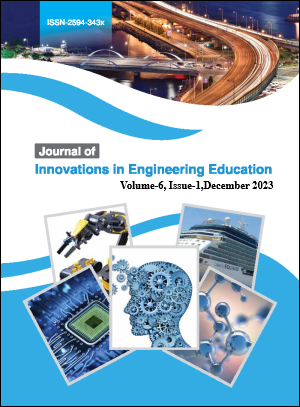Impact of hydropower construction delay in energy banking opportunities between Nepal and India
DOI:
https://doi.org/10.3126/jiee.v6i1.48143Keywords:
Energy banking, Construction delay,Cross border electricity tradeAbstract
Nepal has been electrical power surplus country since 2021 during wet season and electrical energy deficiency in the dry season is increasing year by year as most of the hydropower are of RoR type and they generate full capacity in wet season and produce almost one third of energy in the dry months compared to wet months as the water flow in the river decreases. The surplus energy in the wet season can be exported to India and it could be imported back to Nepal in dry months when there is energy deficiency using the concept of energy banking. In this work, the electrical energy demand and generation scenario of Nepal in the present and future are studied and technical possibility of Energy Banking are discussed between India and Nepal from Nepal’s perspectives.
Though yearly energy requirement can be met from the internal production if the present under construction projects are completed on time but major problem is that during wet season Nepal’s energy gets spilled and during dry season Nepal could not produce electricity as required. In order to solve this problem, Nepal could make arrangement of reliable energy banking mechanism with India so that excess energy in the wet months is exported to India and deficient energy in the dry months are imported back to Nepal. Under Reference Scenario of demand, net electrical energy surplus decreases by 69 %, 72 %, 56 %, 47%, 44 % and 24 % for year 2022 to 2027 for one year delay in construction of project and for two-year delay in construction net energy surplus decreases by 69 %, 78 %, 62%, 86 %, 80% and 67 % respectively. Nepal should focus primarily on construction of hydroelectric projects and cross border transmission line after assuring market for excess produced electricity in India.
Downloads
Downloads
Published
How to Cite
Issue
Section
License
Copyright (c) 2023 JIEE and the authors

This work is licensed under a Creative Commons Attribution-NonCommercial-NoDerivatives 4.0 International License.
Upon acceptance of an article, the copyright for the published works remains in the JIEE, Thapathali Campus and the authors.

